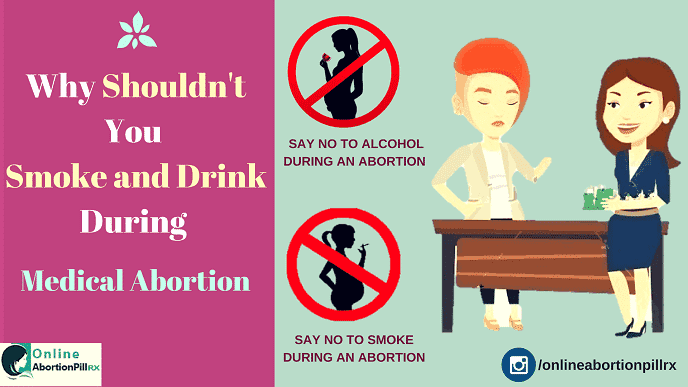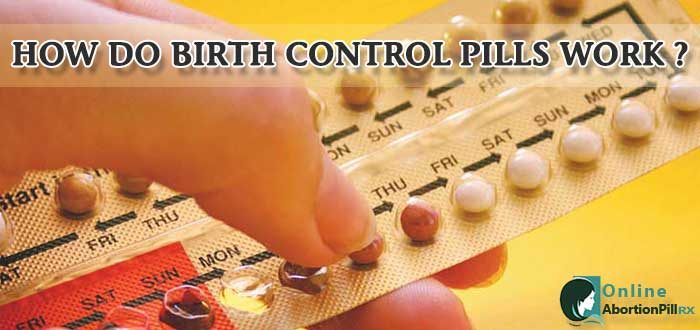How Do Birth Control Pills Work?
May 15, 2017 7:39 am Leave your thoughtsMostly used birth control pills are hormonal-type tablets like Ovral or Ovral L which contain two synthetic hormones, named estrogen and progestin. These hormones are of different generations and quantities in each brand and type of birth control pill. Therefore, it is necessary to know what type of birth control suits you to get the maximum effectiveness.
These birth control pills prevent pregnancy in two key ways-
- Mainly by prohibiting ovulation
- Or by obstructing the sperm’s travel toward the egg by thickening the cervical mucus
Stopping ovulation
In case no egg is released, then there is nothing that the sperm can fertilize, so the woman taking the pill cannot get pregnant. The two synthetic hormones in the pills – estrogen and progestin- when introduced into the system- stabilize the woman’s naturally occurring hormone levels. This prevents estrogen from summiting mid-cycle.
In absence of this estrogen shot, the pituitary gland does not expel other hormones that typically cause the ovaries to discharge developed eggs.
Specifically, synthetic estrogen works in a particular manner to prevent pregnancy
- Firstly, it halts the pituitary gland from creating luteinizing hormone [LH] and follicle-stimulating hormone [FSH] to avoid ovulation.
- It also backs the uterus lining [endometrium] to prevent breakthrough bleeding between the cycles.
All the while, synthetic progestin works to:
- Stop the pituitary gland from producing the Luteinizing hormone [LH] in order to prevent egg release.
- Make the endometrial lining [uterine] inhospitable to a matured egg
- It partially limits the sperm’s ability to reach and fertilize the egg.
- It thickens the cervical mucus to deter the sperm’s movement [although this effect may not be crucial in preventing pregnancy].
How do the hormones in birth control pills act together?
A continuous loop of hormones exists in the female body acting on various levels. LH and FSH are two hormones that are produced in the brain that act on the uterus and the womb. FSH progressively thickens and prepares the uterine lining of the womb to receive the fertilized egg, while LH encourages the bursting of the ovary mid-cycle to secrete the egg for fertilization.
When synthetic progestin and estrogen combo are administered they block the release of gonadotrophic hormones like LH and FSH which prevents ovulation.
Further, the lining of the womb is made unnaturally ripe/ soggy which disallows proper implantation.
The naturally existing mucus at the mouth of the uterus or cervix becomes unusually thin during mid-cycle due to LH. As the mucus thickens it prohibits sperm movement, which decreases the number of fatigued sperms that are unlikely candidates for normal reproduction.
The dual presence of estrogen and progestin in birth control makes combination birth control pills ideal to prevent ovulation and stop fertilization and implantation.
Withdrawal bleeding
When such a combination of hormones is administered for a period of 21 days, then discontinued abruptly it causes the uterine lining to shred, which normally ripens in the presence of hormones. Such artificial bleeding causes the absence of hormones at the end of a cycle and is called “withdrawal bleeding”.
Categorised in: Birth Control Pills
This post was written by Marcella












